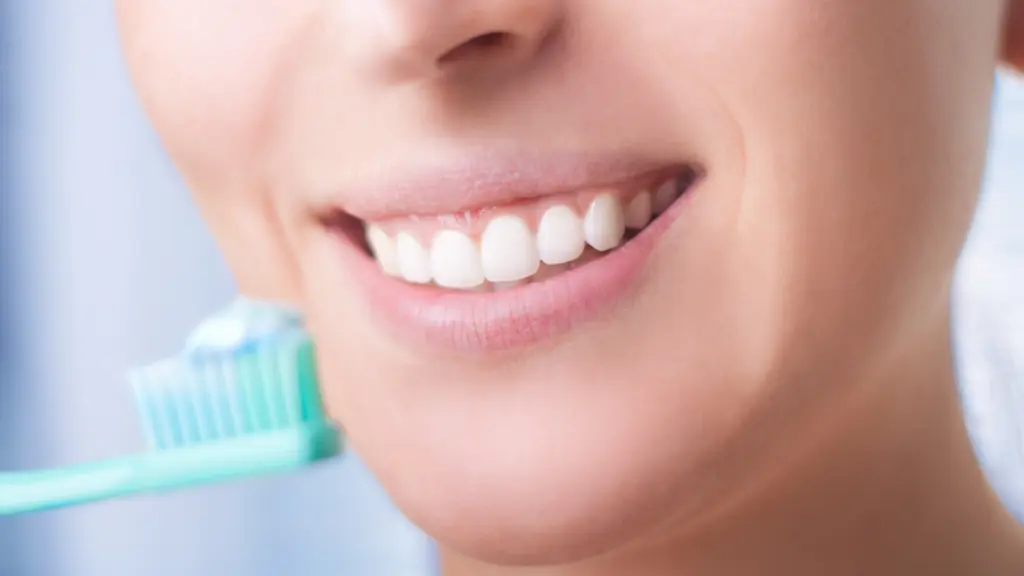Brushing your teeth is a daily habit that seems simple, but many people do it incorrectly. Improper brushing can lead to cavities, gum disease, and bad breath. Understanding the correct technique can make a big difference in your oral health.
Here’s a step-by-step guide to brushing your teeth the right way and maintaining a radiant smile.
You May Also Like: Blush Tattoos: The Latest Trend in Permanent Makeup Explained
1. Choose the Right Toothbrush
The type of toothbrush you use matters. It should fit comfortably in your hand and mouth.
- Soft Bristles: These are gentle on your teeth and gums. Hard bristles can cause enamel erosion.
- Size: Pick a toothbrush head that easily reaches all areas of your mouth.
- Manual vs. Electric: Both are effective when used correctly. Electric toothbrushes can make brushing easier for some people.
2. Select the Right Toothpaste
Toothpaste isn’t one-size-fits-all. Choose one based on your needs:
- Fluoride Toothpaste: Strengthens enamel and prevents cavities.
- Sensitive Teeth: Look for options with potassium nitrate or strontium chloride.
- Whitening: Great for removing surface stains but use sparingly to avoid sensitivity.
3. How Much Toothpaste Should You Use?
The amount of toothpaste matters. Many people use too much.
- Adults: A pea-sized amount is enough.
- Children Under 6: Use a smear the size of a grain of rice.
Too much toothpaste can cause excessive foam, leading to shorter brushing times.
4. Brush at the Right Angle
The angle of your toothbrush affects how well you clean your teeth.
- Hold your toothbrush at a 45-degree angle to the gums.
- This allows the bristles to clean both the teeth and gumline effectively.
5. Use the Proper Brushing Technique
Brushing isn’t about speed; it’s about thoroughness. Follow these steps:
- Divide Your Mouth: Focus on one quadrant at a time (upper left, upper right, lower left, lower right).
- Small Circular Motions: Gently move the toothbrush in circular motions. Avoid harsh back-and-forth scrubbing.
- Clean Every Surface: Brush the outer, inner, and chewing surfaces of each tooth.
- Brush Your Tongue: This removes bacteria and keeps your breath fresh.
6. Time It Right
Brushing should last at least two minutes. Many people rush through it in less than a minute.
Tip: Use a timer or play a song that lasts two minutes. Some electric toothbrushes even come with built-in timers.
7. Don’t Forget the Gumline
Plaque often builds up where the teeth meet the gums. Gently brush along the gumline to remove this buildup. However, avoid applying too much pressure to prevent gum irritation.
8. Replace Your Toothbrush Regularly
Toothbrushes wear out over time, reducing their effectiveness. Replace your toothbrush:
- Every three to four months.
- Sooner if the bristles are frayed.
- After recovering from an illness to avoid reintroducing bacteria.
9. Brush Twice a Day
Brushing in the morning removes bacteria that accumulate overnight. Brushing before bed clears food particles and plaque from the day.
Bonus Tip: If you eat acidic foods, wait 30 minutes before brushing. Brushing immediately can damage enamel.
10. Common Mistakes to Avoid
Even with good intentions, brushing mistakes can harm your teeth. Watch out for these:
- Brushing Too Hard: This can damage enamel and irritate gums.
- Rushing: Skipping areas leads to plaque buildup.
- Skipping Your Tongue: Neglecting your tongue can result in bad breath.
- Using a Worn Toothbrush: Old bristles don’t clean effectively.
11. Pair Brushing with Flossing
Brushing alone doesn’t remove plaque between teeth. Flossing complements brushing by cleaning these hard-to-reach areas.
Tip: Floss once a day, preferably before bed, to keep your mouth as clean as possible.
12. Mouthwash: A Helpful Add-On
While not a replacement for brushing and flossing, mouthwash can:
- Kill bacteria.
- Freshen breath.
- Strengthen teeth when it contains fluoride.
Choose a mouthwash that meets your oral health goals.
13. When to See a Dentist
Regular brushing isn’t a substitute for professional care. Visit your dentist:
- Twice a year for cleanings and check-ups.
- Sooner if you notice bleeding gums, tooth pain, or other issues.
14. Benefits of Proper Brushing
Brushing correctly offers many benefits:
- Prevents cavities and gum disease.
- Keeps your breath fresh.
- Maintains strong enamel.
- Enhances your overall confidence with a bright smile.
Final Thoughts
Brushing your teeth may seem simple, but doing it the right way can make all the difference. By using the proper technique and tools, you’ll enjoy better oral health and fewer trips to the dentist.
Make brushing a mindful part of your daily routine and watch your smile shine brighter than ever!












[…] You May Also Like: What’s the Right Way to Brush Your Teeth? […]